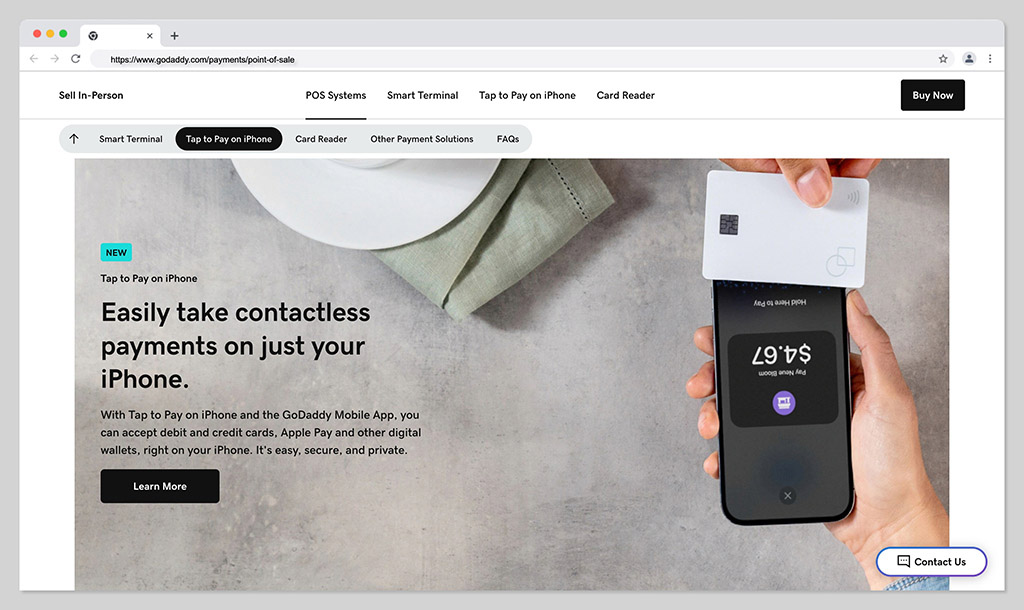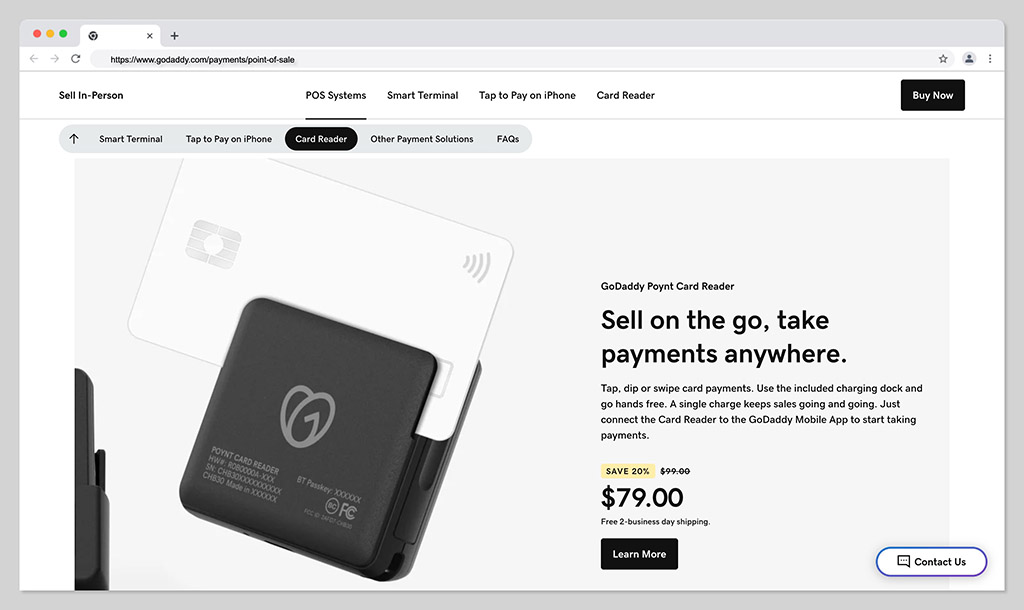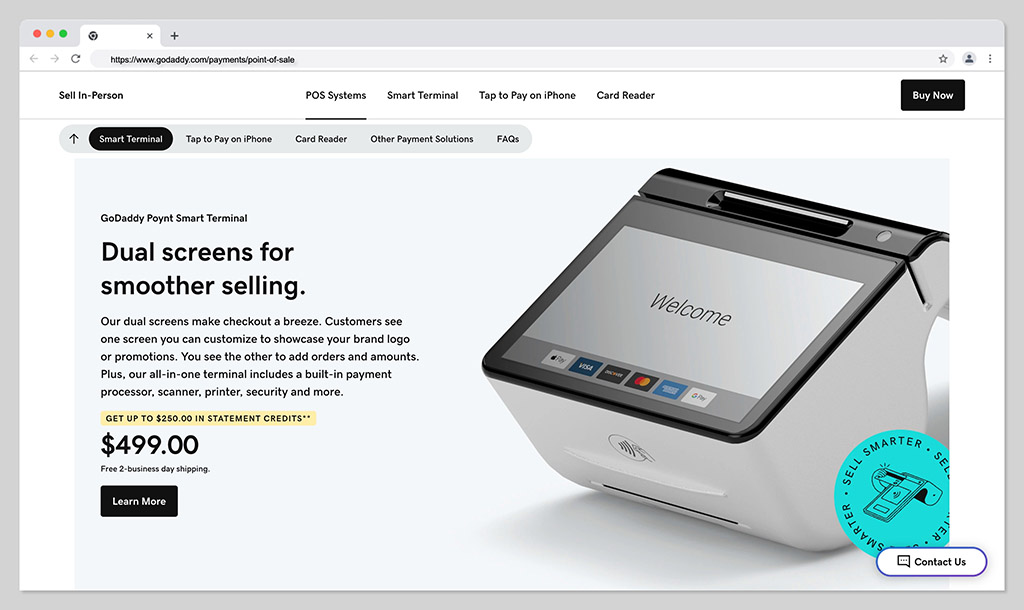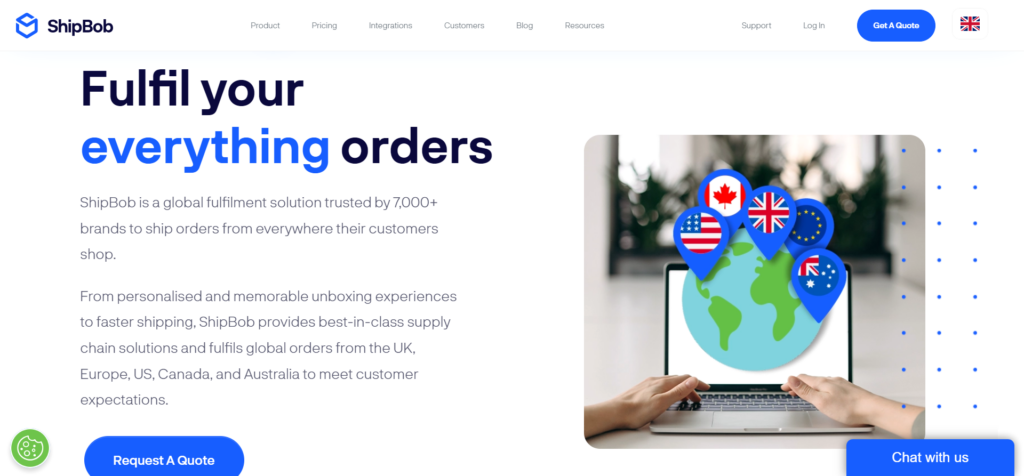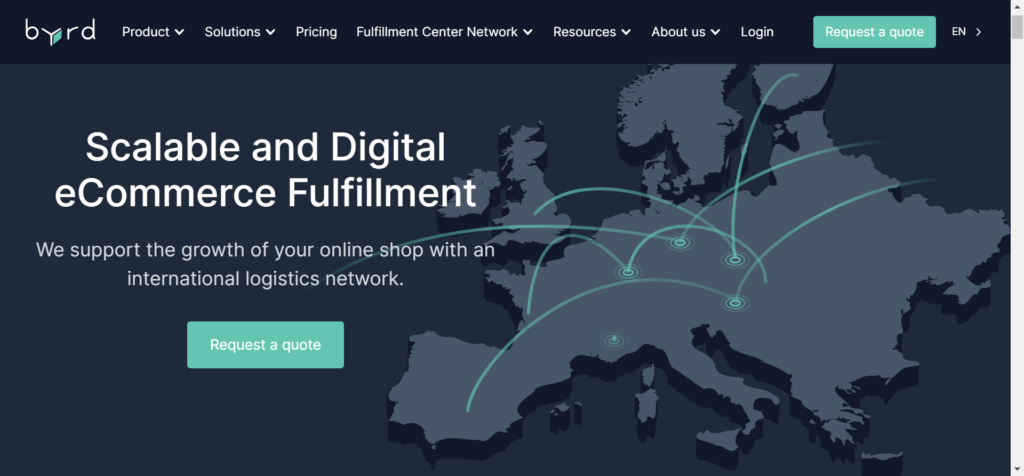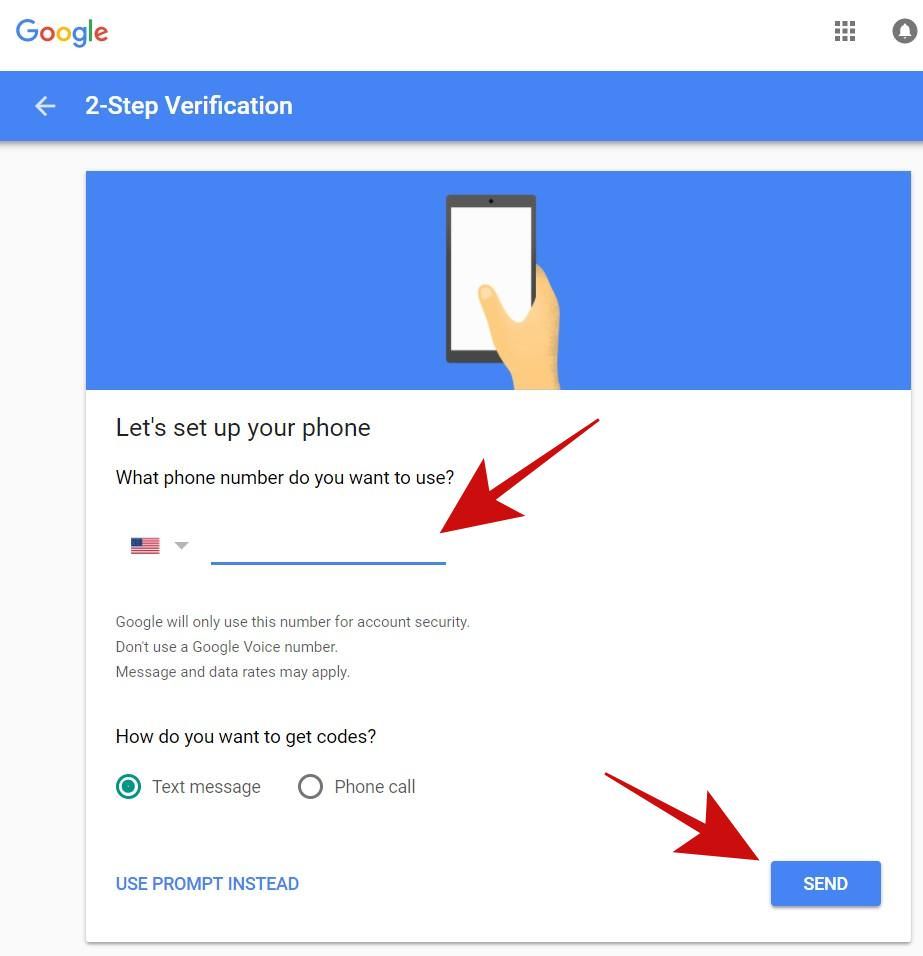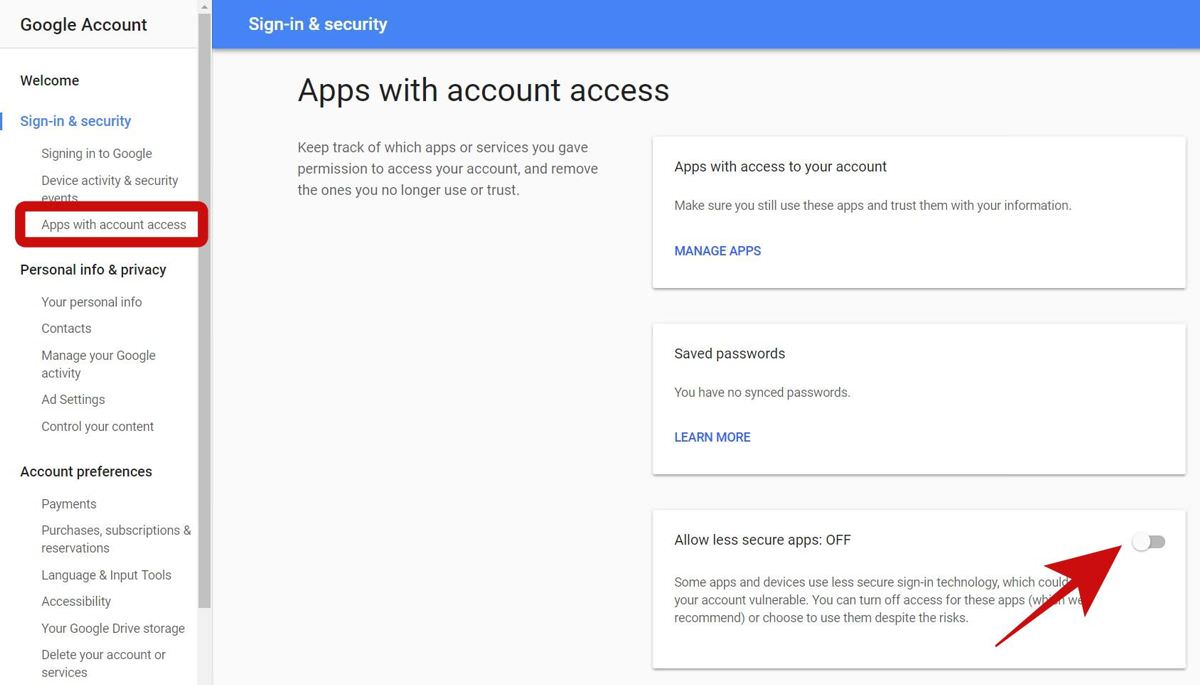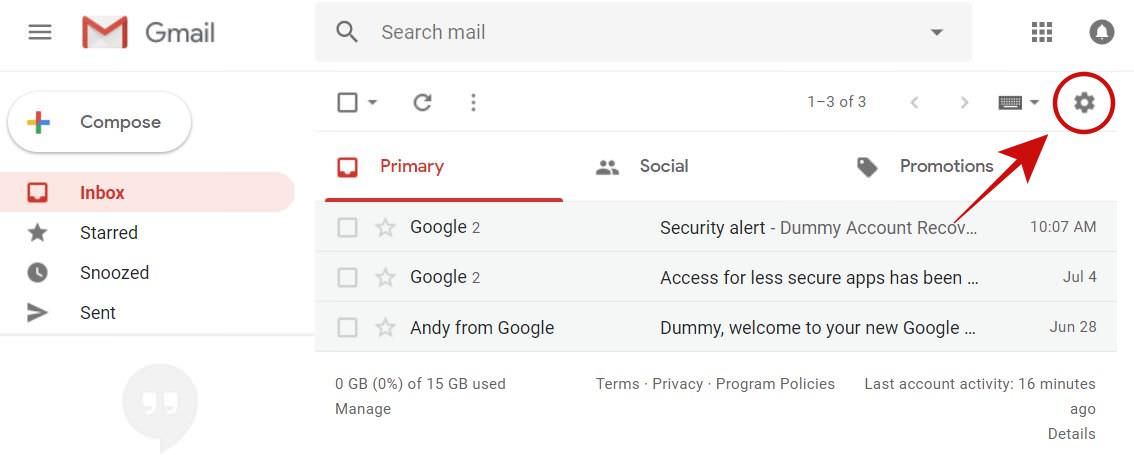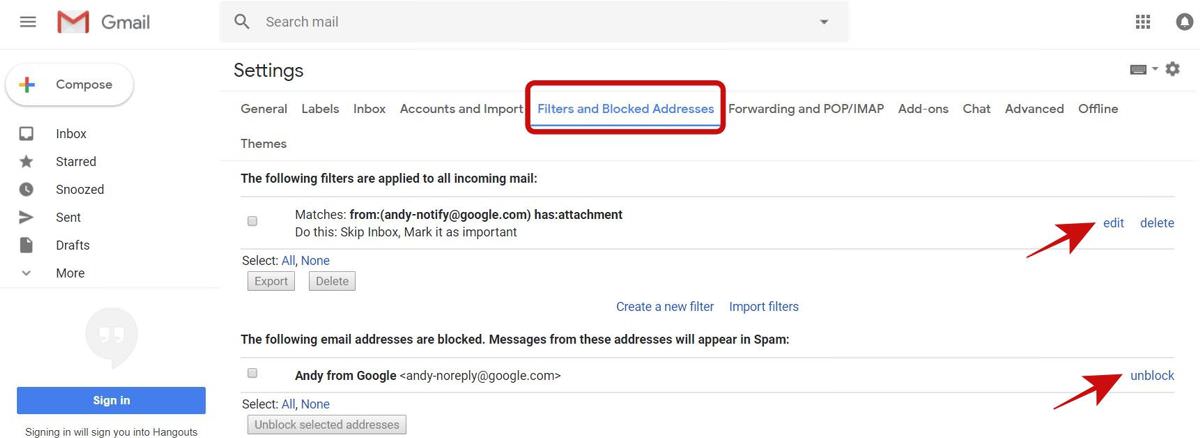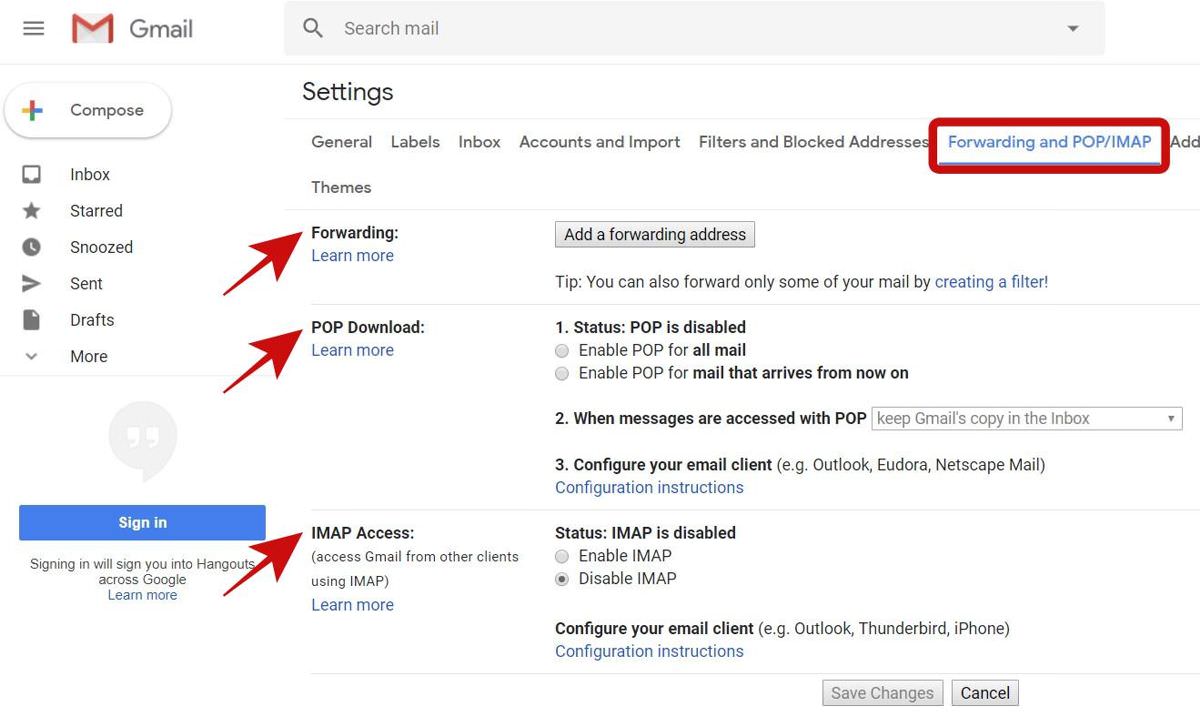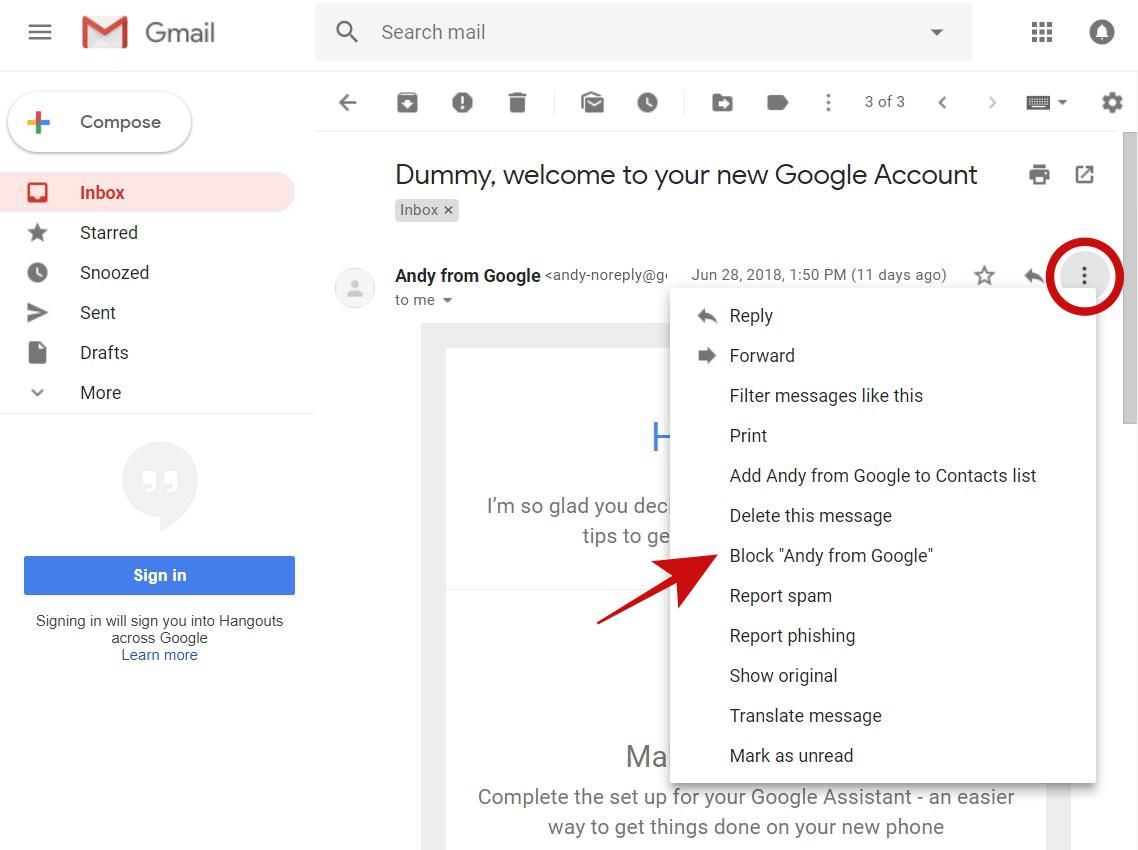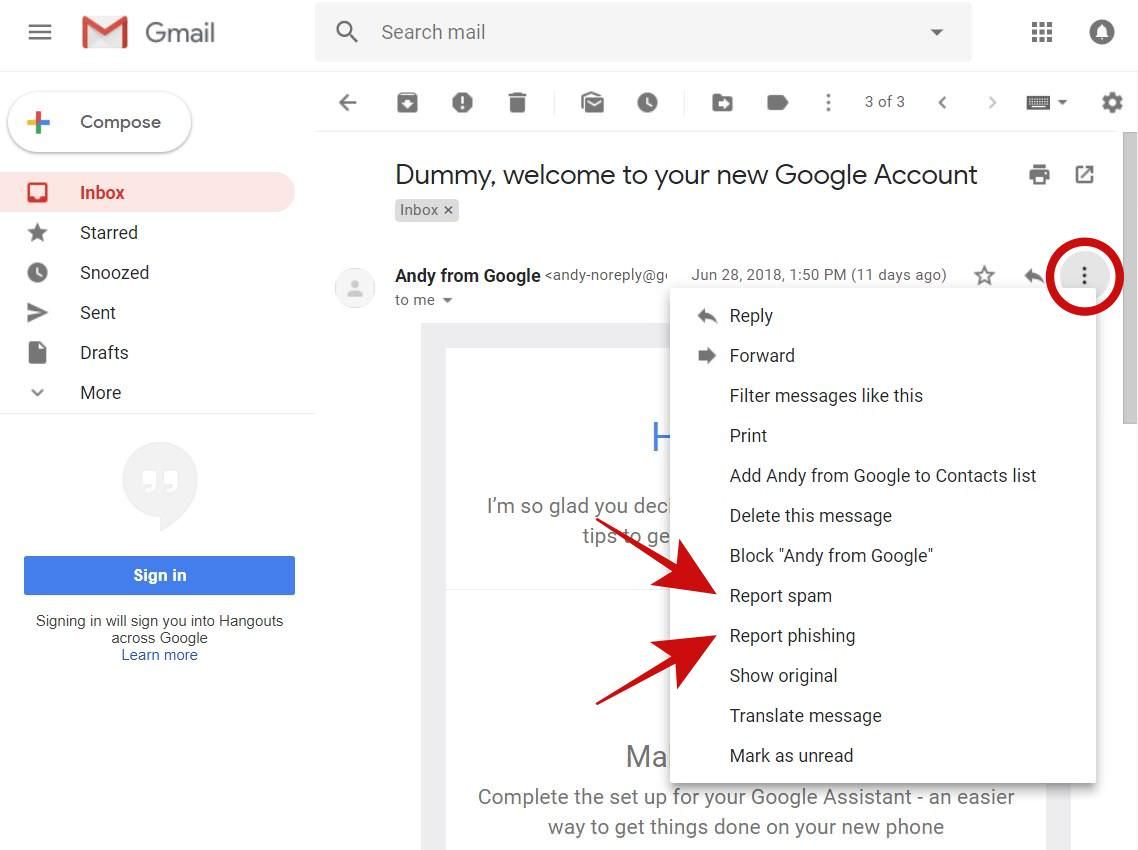8 Best Dropshipping Furniture Suppliers for 2023: Our Round-up
Original Source: https://ecommerce-platforms.com/articles/best-dropshipping-furniture-suppliers

In this review, I’m exploring one aspect of the home decor market: furniture dropshipping. More specifically, I’ll look at what it is, its pros and cons, and walk you through our pick of the best dropshipping furniture suppliers.
Did you know that the US home decor market is forecast to reach a staggering $202 billion by 2024? That’s a 20% increase since 2019!
Needless to say, this makes this niche a potentially lucrative and exciting market to join or expand into.
So, if you want to run an ecommerce furniture dropshipping business, keep reading!
In this article:
What Is Furniture Dropshipping?
Is Furniture Dropshipping a Good Idea? Pros and Cons
Best Dropshipping Furniture Suppliers: My Final Thoughts
Toggle
What Is Furniture Dropshipping?
Furniture dropshipping works like typical dropshipping: online retailers (like you!) source furniture from a third-party dropshipping supplier who also takes care of warehousing and order fulfillment (including picking, packing, and shipping to the end customer).
This allows the online retailer to focus on other aspects of their business, such as marketing and promotion, to attract and retain customers.
Is Furniture Dropshipping a Good Idea? Pros and Cons
Reading the above, you may think furniture dropshipping sounds easy, but as with all businesses, there are pluses and minuses, so let’s look at those:
Pros
You’re not responsible for handling storage, picking, packing, or shipping, freeing up your time to focus on managing your supplier relationship, your customers, and marketing.
The demand for home decor is there, as the stats at the start of this review show. Not to mention, more people are buying furniture online, with 63% of consumers considering buying it without seeing it in a store first.
It’s a flexible niche because furniture falls into many categories, including office, outdoor, home furniture, etc., allowing you to hone in on a specific audience. Trust us; this makes marketing your online store much more manageable!
Cons
You rely entirely on your supplier for high-quality products and an efficient order fulfillment process. As a result, you have to trust that your suppliers will consistently provide excellent service; otherwise, you risk damaging your brand.
Compared to other dropshipping products, furniture is more expensive. As such, not every customer who visits your store will have, say, $350 or more to spend on one item. So, you may have to work harder to win customer trust.
Suppose you’re looking to order sample products to check their quality before marketing them to customers (which we always suggest doing). In that case, you’ll need way more money (likely into the thousands) to invest in product testing compared to other niches.
Now that we’ve covered the basics, let’s put a few furniture dropshipping suppliers under the microscope to see which (if any) best meet your needs:
What are the Best Furniture Dropshipping Suppliers?
Syncee
Spocket
AppScenic
AliExpress
NicheDropshipping
BigBuy
Doba
Wholesale Interiors
Go to the top
1. Syncee

Syncee is a Hungarian-based B2B wholesale and dropshipping directory, sourcing 7m+ dropshipping products from thousands of suppliers, including furniture!
Syncee’s furniture suppliers are based in the US, Canada, EU, Australia, and other parts of the world.
Syncee integrates with Shopify, WooCommerce, Squarespace, Ecwid, EKM, Shopify Plus, Jumpseller, Wix, BigCommerce, KMO Shops and Shoprenter. Once you connect your eCommerce store with Syncee, you can source products to add to it. Then, when a customer places an order, the order information automatically goes to your supplier, who ships the item directly. The supplier also handles all the order tracking.
When we searched Syncee’s product catalog, we applied the following filters:
Shipping types: Dropshipping
Category: Furniture
…we found the following furniture subcategories, plus how many items there are to choose from within each category, which were, at the time of writing:
Outside furniture: 33,285
Chairs: 93,953
Tables and Desks: 24,115
Wardrobes: 18,398
Cabinets and bookcases: 12,243
Beds: 5,549
Sofa and Sofabeds: 4,256

Among other filters, you can also search for premium suppliers using the ‘supplier type’ drop-down option. Premium suppliers are among Syncee’s most popular, with a record for producing high-quality products. Their product listings have a Premium Crown logo, making them easy to identify. However, to access Premium products, you must be a Pro Marketplace Plan subscriber (see below).
Other filters worth noting include where products are shipped from and to and if suppliers offer free shipping.
Pricing
There are five plans.
Free: $0
Basic: $29/mo
Pro: $49/mo or $24/mo if you pay annually
Business: $99/mo or $57/mo if you pay annually
Plus: $79/mo, but you can only subscribe annually.

Pros
Trustpilot reviewers give Syncee 4.5 stars out of five, praising its quality products, wide variety of wares, ease of use, and simple onboarding.
The Shopify app store also gives it a 4.7 stars out of five rating, with merchants praising its competitive pricing, knowledgeable customer support team, and efficient order fulfillment process.
Each product page details where the product ships to, the average shipping time and cost per country, product information, etc. All of which is handy to see at a glance.
You have access to unlimited suppliers on all plans.
Cons
Some reviewers complain about problems with orders syncing with their store and payment issues.
You can only access Premium products on the Pro, Business, and Plus plans.
Syncee doesn’t offer direct integrations with Amazon, eBay, or Etsy.
Further reading 📚
Syncee Review (2023): Global Dropshipping and Wholesale
Go to the top
2. Spocket

Spocket is an easy-to-use dropshipping directory that predominantly lists US and EU suppliers.
Spocket integrates with the following platforms:
Shopify
Amazon
AliExpress
eBay
WooCommerce
Wix
BigCommerce
Square
Squarespace
Ecwid
Felex
Alibaba
Once you integrate your store with Spocket, you can add Spocket products to it. Then, when customers place an order, the order is forwarded to your supplier, who takes care of fulfillment and shipping. You’ll receive an automated email with tracking details as soon as an order is shipped.
To find furniture items in Spocket’s product catalog, you need to create an account with an email address and password. From your Spocket dashboard, you’ll immediately see all your options for filtering your product search.
Choose the Home and Garden category, and click “Furniture.” There, you’ll find an unspecified number of products, including:
Tables
Chairs
Shelves
Beds
Sofas and Sofa beds
Garden furniture

Unfortunately, there aren’t any search filters for narrowing down furniture types. There’s just one furniture category. However, you can use the search bar to type in what you want.
On each product page, you can view the product price, description, supplier location, suggested retail price, shipping times and costs per country, and supplier’s returns policy.
Spocket also offers Premium products that are tagged with a crown. These are best-sellers and tend to be highly discounted, making it easier to generate healthy profit margins. However, only Pro and Empire plan subscribers can access these, with a limit depending on the plan.
Pricing
There are five plans, each offering a free 14-day trial:
Free: $0
Starter: $39.99/mo
Pro: $59.99/mo or $24/mo if you pay annually
Empire: $99.99/mo or $57/mo if you pay annually
Unicorn: $299/mo or $79/mo if you pay annually
The Starter plan limits you to selling 25 regular products on your eCommerce store. This extends to 250 and 25 premium products on the Pro plan, rising to 25,000 regular and premium products on the Unicorn plan.

Pros
The product catalog is easy to navigate.
Spocket has a strict supplier verification process that includes not using third-party warehouses and the ability to offer fast order processing and shipping.
Trustpilot reviewers give it a 4.8 out of 5 stars, praising its customer support.
Its online Help Center is full of useful information.
Cons
You can’t access the product catalog without creating an account.
You can’t see how many furniture products Spocket offers.
You’re limited to just 25 premium products on the Pro plan.
Further reading 📚
Spocket Review (2023): Start Dropshipping from the US & EU
DSers vs Spocket (2023): Which is Best?
Modalyst vs Spocket (2023): Which Should You Go For?
Go to the top
3. AppScenic

AppScenic works with US, UK, EU, Canadian, and Australian suppliers, all of which deliver within 2-5 days from US/UK and EU warehouses.
AppScenic integrates with Shopify, WooCommerce, Wix, and eBay. Once you’ve connected your store, AppScenic automatically handles order fulfillment, product syncing with your website, tracking numbers, etc.
You can access AppScenic’s product catalog by creating a free account. Once you’re logged in, you’re taken to your AppScenic dashboard. Click the furniture image or select ‘Furniture’ from a drop-down list of product categories.
Furniture items include the following:
Bedroom Furniture: 49,022
Outdoor Furniture 44,509
Tables: 22,189
Cabinets & Storage: 19,738
Accent Furniture: 12,316
Kitchen & Dining Room Furniture: 5,820
Game & Recreation Room Furniture: 5,353
Home Office Furniture: 4,321
School & Kindergarten Furniture: 4,094
Shelving: 3,814
Living Room Furniture: 2,702

Each product page provides information about the supplier’s location, product cost, order processing times, shipping times and costs, a product description, and the return policy.
AppScenic also offers Premium products, and these are marked with a star. These items are dubbed high-quality and come from top-rated suppliers. However, you can only access these on the Pro and Elite plans (see below).
Pricing
There are four plans and a free seven-day trial for paid subscriptions:
Free: $0, but you can’t sell on this plan; it’s for browsing and adding products to your store.
Standard: $24/mo or $19.08/mo paid annually
Pro: $47/mo or $35.25/mo paid annually
Elite: $78/mo or $54.67/mo paid annually
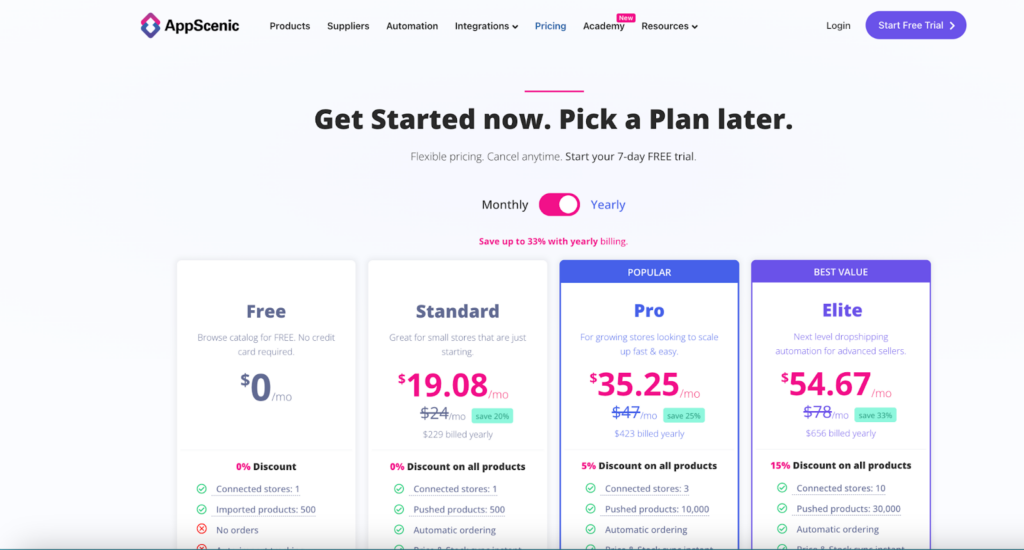
Pros
Shopify merchants give AppScenic the thumbs up with an average 4.6 out of five-star rating, praising its quality products, fast delivery, particularly in the US, UK, and EU, and its seamless integration.
There’s a vast number of furniture products to choose from across a wide range of subcategories.
The AppScenic dashboard is easy to navigate.
It’s easy to filter the product catalog for premium products, free shipping, in-stock products, and free returns.
Cons
You can only access premium products on the more expensive plans
Some reviewers complain about overpriced products
While you can import products on the free plan, you can’t sell them until you subscribe to a paid plan.
Further reading 📚
AppScenic Review (2023): A Valuable Tool for Dropshipping?
Go to the top
4. AliExpress

One of the best-known dropshipping companies is China-based AliExpress. Its furniture products can be found within its product catalog’s Home, Pet, and Appliances categories. AliExpress has 49 integrations, including Shopify, WooCommerce, BigCommerce, and Shift4Shop.
When you integrate your store with AliExpress, you can add products manually or download Dsersto to add them in bulk. Once done, you can start selling. Then, your AliExpress supplier will handle order fulfillment and shipping when orders come in. Once the order is shipped, you receive an automated email from AliExpress with tracking information. But, according to a blog post on the site, tracking is only for the parcel’s journey in China. After that, it’s the responsibility of the destination country’s carrier to provide it.
Furniture is found in the subcategories below, but product numbers are unspecified:
Home, including kitchen, bathroom, bedroom, dining room, and living room furniture
Children, including beds and chairs
Commercial, including restaurant, hotel, and theater furniture
Office including desks and chairs
Outdoor including garden furniture sets and outdoor sofas

Furniture is shipped from the US, China, and Turkey, and you can filter which countries you prefer to source products from via the drop-down menu filter in the product catalog.
Each product page shows its price, description, estimated shipping times, and reviews from verified purchasers.
Pricing
There are no sign-up or monthly fees.
Pros
A wide range of furniture categories are available.
Shopify merchants give it an incredibly impressive 4.9 out of five-star rating, praising customer support, easy setup, product research features, and more.
You don’t have to create an account to view its product catalog.
Furniture items seem cheaper than other dropshipping sites. For example, a mid-century style lounge chair on AliExpress costs $153.59, and on AppScenic, a mid-century lounge chair costs $312.60
Cons
AliExpress products are mostly shipped from the US, Turkey, and China, so you might have to contend with longer shipping times to the EU.
There’s no product catalog filter for sellers offering free returns.
The product catalog is extensive but looks very cluttered.
Further reading 📚
AliExpress Review (2023): Is it a Good Choice for Dropshipping?
Aliexpress Dropshipping 2023 Guide – Everything You Need to Know
Alibaba vs AliExpress: How They Compare for Merchants and Consumers
How Long Does Aliexpress Shipping Take? Your Simple Guide for 2023
Go to the top
5. NicheDropshipping

NicheDropshipping is another leading dropshipping directory in China and offers itself as a good AliExpress alternative. However, if you’re a startup with less than ten daily orders, NicheDropshipping recommends heading to AliExpress instead.
It integrates with Shopify, Amazon, eBay, Magento, Etsy, and WooCommerce.
NicheDropshipping has two fulfillment centers in the US and three in China.
You have to sign up (it’s free) before you can access its product catalog. However, once you do, you’ll find a Home, Garden, and Furniture category. But unfortunately, there aren’t furniture subcategories to browse through. Upon first glance, furniture products seem to be just home accessories, e.g., curtains, towels, and storage. However, if you use the search bar, we could find chairs. That said, a blog post on its website suggests it sources small furniture, like chairs and rugs.

Other services NicheDropshipping offers include:
Product sourcing. You submit a sourcing request, receive a quote in two days, and confirm your order. Nichedropshipping will ship products to your customers, your FBA (fulfilled by Amazon), or your warehouse.
Branded dropshipping. NicheDropshipping helps you source companies that offer branded packaging that it can then use when fulfilling your orders.
Bulk inventory storage. You can buy in bulk from NicheDropshipping suppliers and ship products to NicheDropping warehouses in the US and China. The company then takes care of all order fulfillment and shipping.
White label dropshipping. You can choose a white label design from NIcheDropshipping’s collection to brand your packaging.
Private label dropshipping. The NicheDropping sourcing team works with you to source customizable products, including with your logo, to sell under your brand.
Each product page gives you information about pricing and a description. You can also choose from their shipping partners and see their prices.
Pricing
It’s free to sign up, and its product sourcing feature is free. Like AliExpress, there are no monthly subscription plans.
However, for dropshipping, NicheDropshipping charges a shipping fee plus a stocktaking fee, and for fulfillment, it assigns you a shipping fee, an inbound fee to its warehouse, an outbound fee from its warehouse, and a stocktaking fee. For more info, check out the links in this para.
Pros
There are two US fulfillment warehouses, making it a viable option for those targeting the US market.
There are no monthly subscription plans, and it’s free to sign up
The product sourcing feature is free to use
It has a Trustpilot 4.8 out of five-star rating with a particular mention of good customer service.
Cons
We couldn’t find much evidence of furniture products aside from the chairs and home accessories mentioned above.
You have to sign up for an account before you can view the product catalog
Go to the top
6. BigBuy

BigBuy is a Spanish-based dropshipping and wholesale supplier focusing on the EU market.
BigBuy offers, by far and away, the largest list of integrations, with 200+ platforms to choose from, including Amazon, eBay, WooCommerce, Shopify, Wix, Wish, and Prestashop. It also integrates with AliExpress.
BigBuy owns its own warehouse from which it distributes and dispatches its stock across Europe.
Signing up is free, and once you do, you can explore its product catalog. There, you’ll find BigBuy Home. Within this, there are 4,567 pieces of furniture organized into the following categories:
Lounge (1,978)
Bedroom furniture (726)
Dining furniture (672)
Office furniture (528)
TV and multimedia (278)
Corridor (216)
Bar furniture (78)
Kitchen (67)
Children’s furniture (44)
Bathroom (11)

Each product page provides information on the product price, the supplier, a product description, estimated shipping time, whether tracked delivery is available, and much more.
Pricing
It’s free to sign up and look for products but to start selling, there are three price plans based on annual subscriptions:
Marketplace: for customers wanting to sell on marketplaces or their ecommerce stores: €75,24/mo plus a €90 joining fee
eCommerce: for customers who just want to sell via their ecommerce store: €51,75/mo plus a €90 joining fee
B2B: no monthly fee and a €45 joining fee for customers who just want to buy wholesale goods
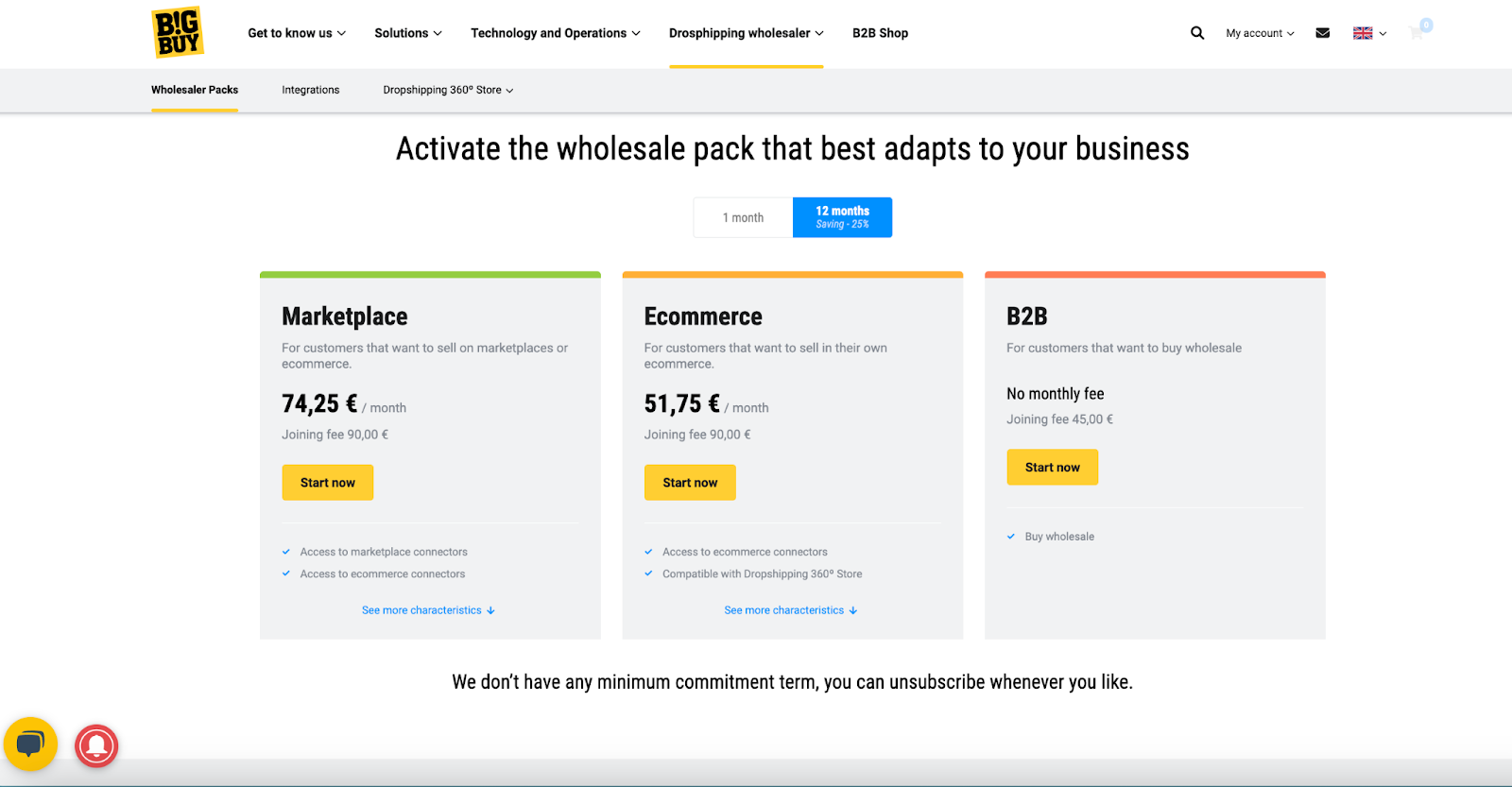
You can also buy a turnkey dropshipping store from BigBuy, with six on offer at the time of writing, each costing €790, but none were furniture stores.
Pros
There’s a good selection of furniture items to choose from
Discounts might be available if you buy in bulk
Its product catalog has been translated into 24 European languages
Most of the furniture we looked at was contemporary and attractive
All products come with a two-year EU guarantee
Cons
Prices don’t include VAT
You have to sign up for an account before you can access its product catalog.
The website isn’t very user-friendly.
You have to pay a joining fee and a monthly subscription, which seems steep.
Go to the top
7. Doba

Doba is based in Utah, USA, and offers a wide selection of suppliers, 75% of which are in the USA. It integrates with Amazon, Shopify, eBay, BigCommerce, WooCommerce, and more.
Doba’s product catalog stretches to 400,000+ products, of which 49,426 are furniture items. Furniture products are under Doba’s Home, Garden, and Tools category.
Furniture items are organized into the following subcategories:
Living Room Furniture (10,820)
Bedroom Furniture (10,278)
Kitchen and Dining Room Furniture (8.240)
Kids’ Furniture (5,280)
Accent Furniture (4,556)
Other Furniture & Replacement Parts (3,389)
Home Entertainment Furniture (2,791)
Home Office Furniture (2,269)
Bathroom Furniture (1,822)

Each product page details the product, its price, which country it ships from, shipping price and estimated delivery time, order processing time, and the item’s refund policy.
You can browse the catalog without logging in or creating an account, but you can’t see prices unless you log in. You can search products by where they ship to and from, shipping times, price, and several other valuable filters.
Using this filter option, we spotted that some furniture products are shipped from China (51) and Canada (25). The remaining 49,350 are shipped from the US.
There are premium products, but you can’t filter your search for these in the product catalog. Instead, you have to head to the Doba Premium Supplier page and click on individual supplier links. Premium suppliers are said to offer: ‘superior products, outstanding service, and competitive prices.’
Pricing
Doba has three price plans and three billing cycles (monthly, quarterly, and annual). There’s a free 14-day trial with limited features, but you can’t integrate your store. Prices quoted below are based on yearly billing and represent a 17%-20% saving depending on which plan you go for:
Startup: $20,07/mo
Business: $39.99/mo
Enterprise: $249.99/mo

Pros
There’s a wide range of furniture items, mostly shipped from the US.
Furniture items look contemporary.
The product catalog is easy to navigate.
It has a 4.5 out of five-star Trustpilot rating, with reviewers praising its ease of use, good quality products, and fast shipping.
Cons
The free plan only offers limited features with no store integration
There’s no premium supplier filter
You have to log in if you want to see product prices.
Further reading 📚
Doba Review (2023): A Marketplace Filled With Qualified Dropshippers
Go to the top
8. Wholesale Interiors

Billing itself as the “nation’s leading wholesale furniture supplier” (the US), Wholesale Interiors offers various services, including eCommerce dropshipping. The company, whose brand name is Baxton Studio, manages all aspects of its furniture design, production, and order fulfillment from its warehouse based in Chicago.
It typically takes around 11 weeks to manufacture a piece. Once the product is ready, order fulfillment takes three business days, and one to six days for shipping.
Unfortunately, there’s no evidence of any eCommerce integrations.
It offers a range of furniture in the following categories:
Dining Room (1,401)
Home Office (48)
Bedroom (1,812)
Outdoor (48)
Living Room (1,484)
Entryway (240)
Bathroom (4)
Bar (338)
Kids (177)
Pets (17)
Restaurant (16)
Commercial (29)
Yoghurt Shop (8)

Although you can view products, their descriptions, and shipping information, you need to create an account to go any further. Unlike other dropshipping platforms, Wholesale Interiors asks for more details to create an account, including a company name, address, zip code, and phone number. After that, you’re asked to send their sales team your business URL and business registration documents.
Pricing
Aside from product prices and shipping, there are no additional fees.
Also, no bulk discounts are offered unless you order items over 100+.
Pros
Attractive and contemporary-looking furniture
If you want to dropship furniture from the US to the US, Canada, Mexico, and Puerto Rico, it could be a viable option
The company accepts returns within 30 days of delivery
Cons
11 weeks is still a long time to wait if you’re a business looking for a fast turnaround
You can’t see pricing without an account
There is little information on its website about how its dropshipping service works.
Go to the top
Best Dropshipping Furniture Suppliers: My Final Thoughts
That’s all for my best dropshipping furniture suppliers round-up. Hopefully, you now have a better idea of what furniture dropshipping is and which dropshipping company you might use.
But before making any final decisions, I always advise researching potential products and checking supplier reviews to ensure they offer the reliability and quality you need to provide customers with a first-rate service.
Needless to say, it’s also worth taking advantage of any free trials/plans to familiarize yourself with the solution’s interface and customer service. Again, this goes a long way to ensuring you pick a solution that ticks all your boxes!
That’s enough from me! Let us know what you decide in the comments below.
The post 8 Best Dropshipping Furniture Suppliers for 2023: Our Round-up appeared first on Ecommerce Platforms.



